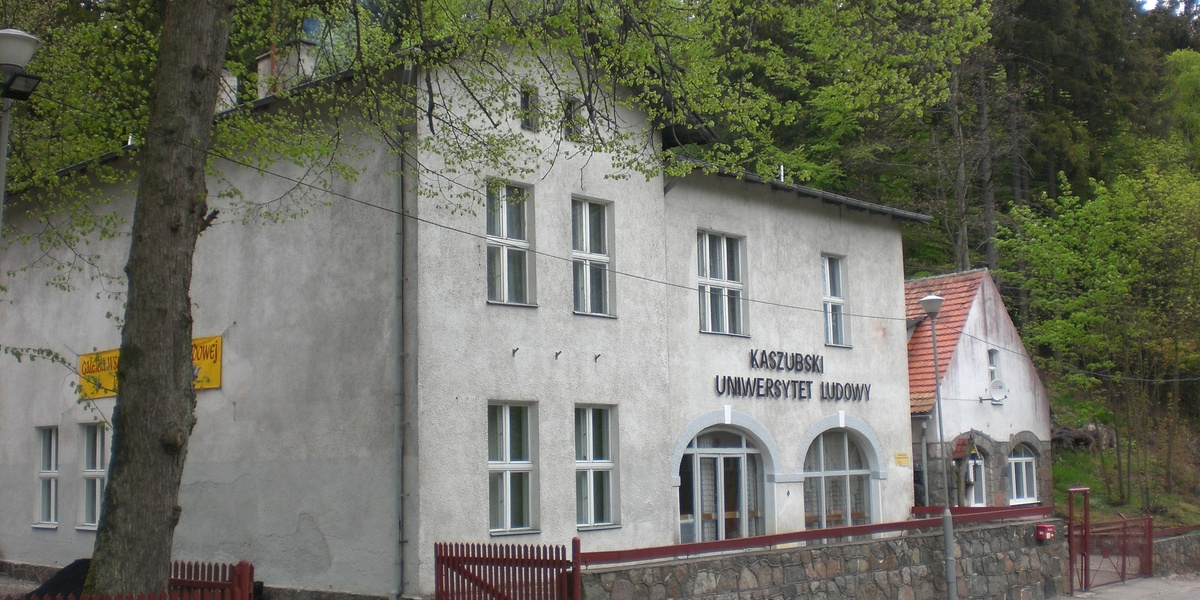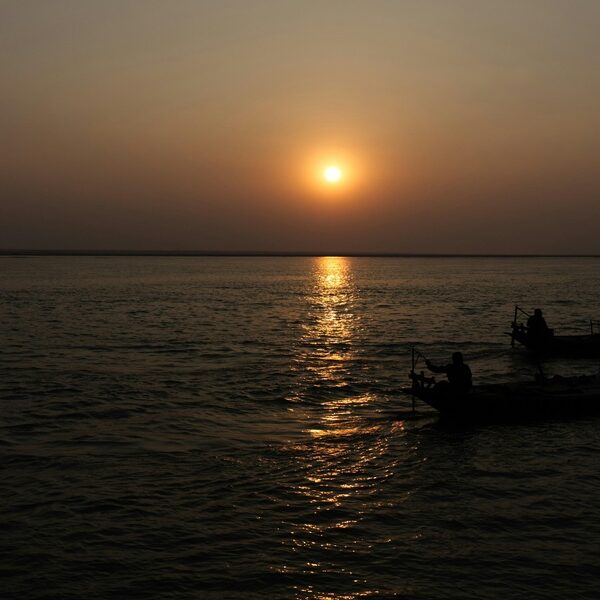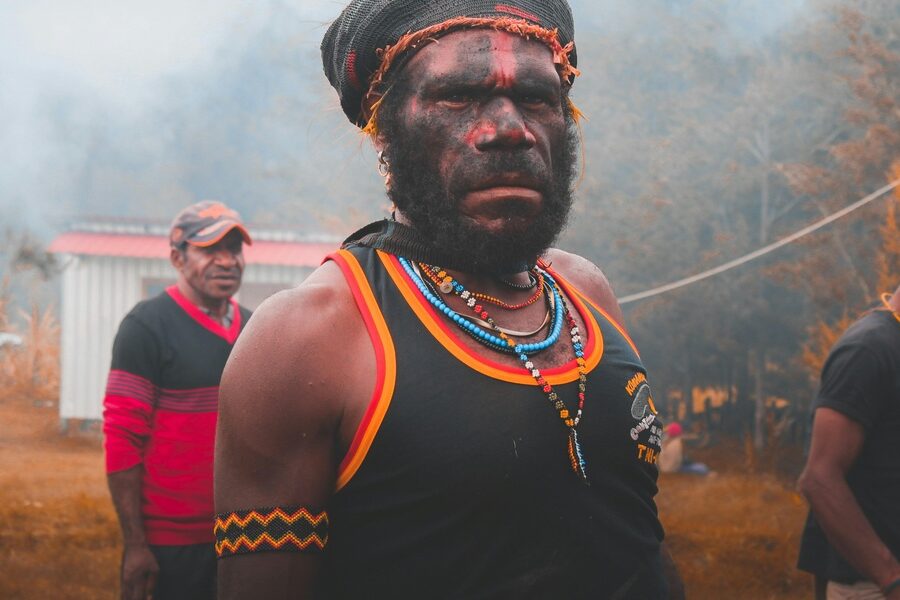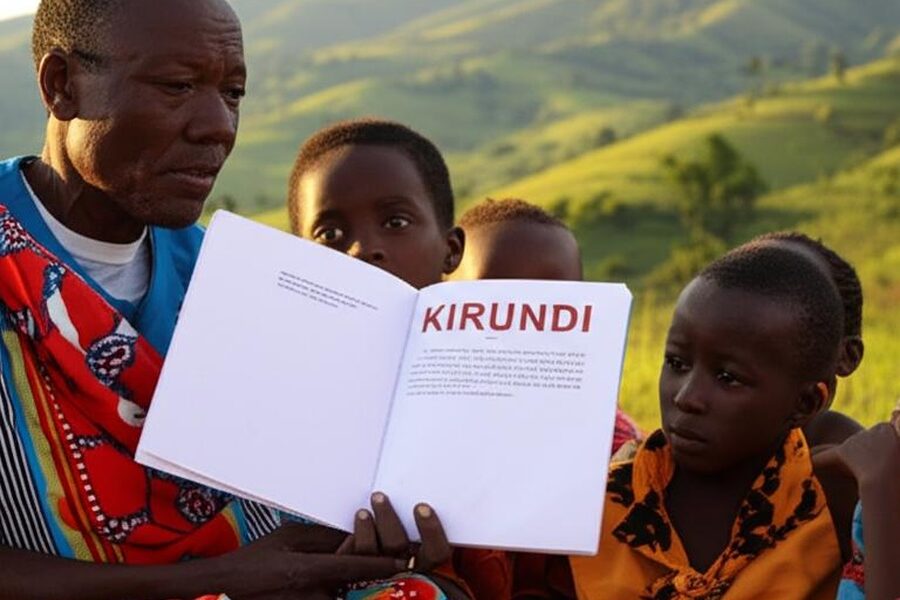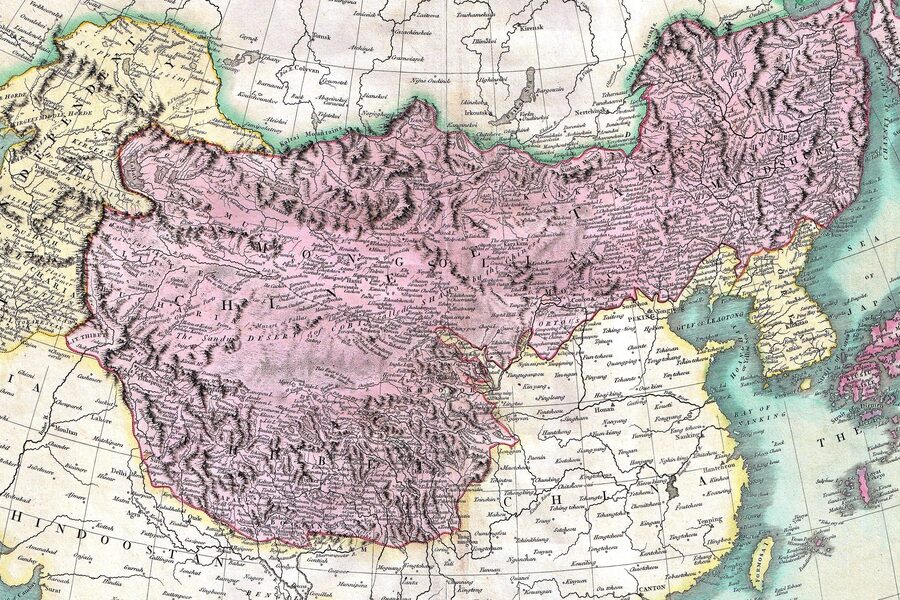Poland’s linguistic map bears traces of shifting borders, diasporas, and local communities that have preserved distinct speech across centuries. From small village dialects to urban minority tongues, these languages offer a window into regional identity and history.
There are 16 Indigenous Languages in Poland, ranging from Belarusian to Yiddish. For each entry, the list below is organized with Speakers (est),Regions,Legal recognition so you can quickly compare where they’re spoken and what official protections apply — you’ll find below.
How is a language considered indigenous in Poland?
A language is generally treated as indigenous when it has a long-standing, continuous presence in a territory, is tied to a local community that self-identifies with it, and is distinct from the dominant national language; legal recognition or minority protections (national laws or international frameworks) also influence whether it’s listed or supported.
Where can I hear or learn these languages in Poland today?
Many are still spoken regionally (for example in Podlaskie, Silesia, Kashubia) and are supported by cultural centers, local schools, university programs, festivals, and community groups; online courses and NGOs also help learners connect with speakers and resources.
Indigenous Languages in Poland
| Name | Speakers (est) | Regions | Legal recognition |
|---|---|---|---|
| Kashubian | approx. 90,000 | Pomeranian Voivodeship (Kashubia region) | Recognized as a regional language |
| Silesian | approx. 460,000 | Upper Silesia (Silesian and Opole Voivodeships) | Not officially recognized as a separate language |
| German | approx. 140,000 | Opole Voivodeship, Silesian Voivodeship | Recognized national minority language |
| Polish Sign Language | approx. 50,000 | Throughout Poland (Deaf community) | Recognized as a language of communication |
| Belarusian | approx. 40,000 | Podlaskie Voivodeship (Hajnówka, Białystok areas) | Recognized national minority language |
| Ukrainian | approx. 40,000 | Warmian-Masurian, West Pomeranian, Podkarpackie Voivodeships | Recognized national minority language |
| Romani | approx. 20,000 | Throughout Poland (concentrations in Lesser Poland) | Recognized ethnic minority language |
| Lemko | approx. 10,000 | Lesser Poland, Lower Silesian, Lubusz Voivodeships | Recognized ethnic minority language |
| Lithuanian | approx. 5,000 | Podlaskie Voivodeship (Puńsk municipality) | Recognized national minority language |
| Slovak | approx. 5,000 | Lesser Poland Voivodeship (Orava and Spisz regions) | Recognized national minority language |
| Czech | approx. 2,000 | Lower Silesian Voivodeship (Kłodzko area) | Recognized national minority language |
| Russian (Old Believers) | approx. 2,000 | Podlaskie and Warmian-Masurian Voivodeships | Recognized national minority language |
| Yiddish | fewer than 1,000 | Warsaw, Kraków, Łódź | Recognized national minority language |
| Tatar | fewer than 100 | Podlaskie Voivodeship (Bohoniki, Kruszyniany) | Recognized ethnic minority language |
| Wymysorys | fewer than 70 | Town of Wilamowice (Silesian Voivodeship) | No formal status, but actively preserved |
| Karaim | fewer than 50 | Warsaw, Wrocław, Tricity area | Recognized ethnic minority language |
Images and Descriptions
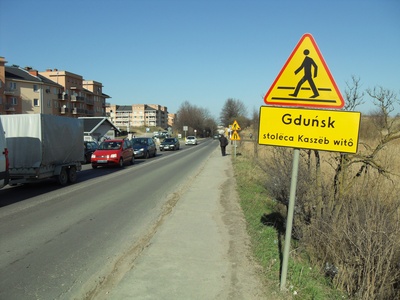
Kashubian
A West Slavic language distinct from Polish, spoken in the Pomerania region. It is the only official regional language in Poland and is actively taught in local schools.
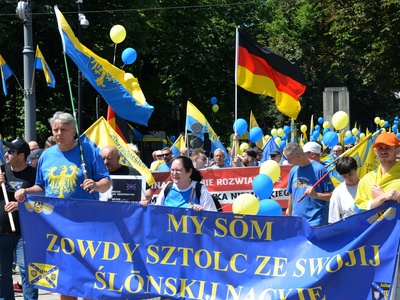
Silesian
A West Slavic tongue spoken in Upper Silesia. While debated as a dialect or language, hundreds of thousands declare it their native tongue, fueling a strong revival movement.
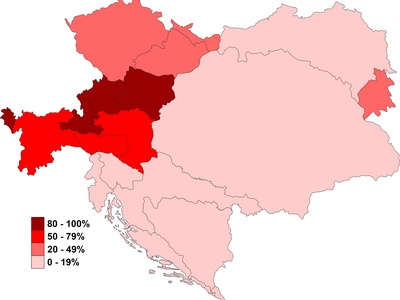
German
Spoken by the German minority, mainly in Upper Silesia, reflecting the region’s complex history. Bilingual German-Polish place signs are common in many Opole communities.

Polish Sign Language
The native visual language of the Polish Deaf community. PJM has its own unique grammar and is not a manual representation of spoken Polish, making it a distinct language.
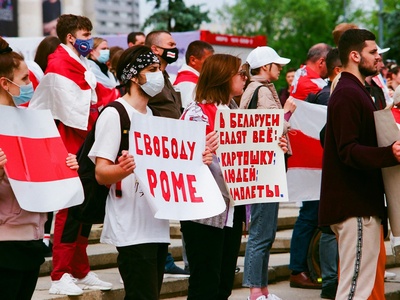
Belarusian
An East Slavic language spoken natively in eastern Poland near the Belarus border. It is used in local media, cultural life, and some schools within the Podlaskie Voivodeship.

Ukrainian
Spoken by the Ukrainian minority, whose presence in southeastern Poland is centuries old. Many were forcibly resettled to northern and western Poland after World War II.
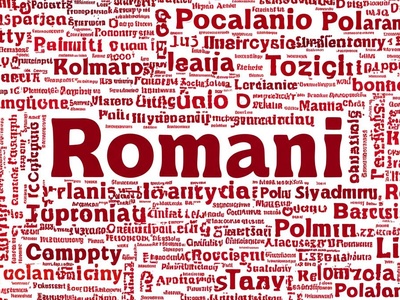
Romani
An Indo-Aryan language spoken by Roma communities who have lived in Poland for centuries. It has several distinct dialects, such as Polska Roma and Bergitka (Carpathian) Roma.
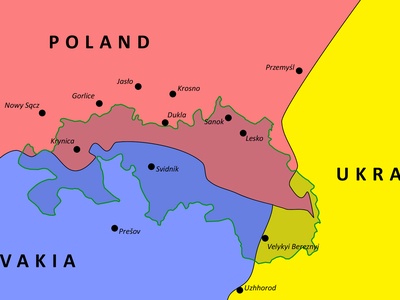
Lemko
An East Slavic language spoken by the Lemko people. Native to the Carpathian mountains, many were resettled post-WWII. It is closely related to Ukrainian and Slovak.
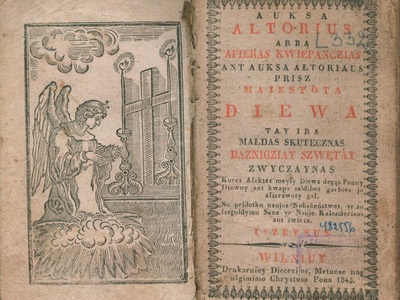
Lithuanian
A Baltic language spoken by the Lithuanian minority in northeastern Poland. In the municipality of Puńsk, it is an official auxiliary language and widely used in daily life.

Slovak
Spoken by the Slovak minority in the southern border regions of Spisz and Orava. These areas have a long, shared history of Polish-Slovak cultural exchange and identity.
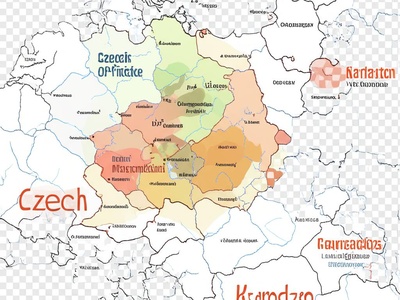
Czech
The language of the Czech minority living near the southern border, particularly around the historic “Czech Corner” near Kłodzko. Speaker numbers have declined over generations.
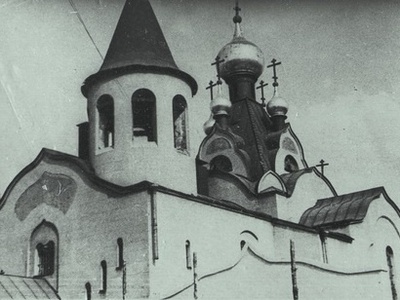
Russian (Old Believers)
An archaic dialect of Russian spoken by Old Believers, who fled religious persecution centuries ago. Their communities in northeastern Poland have preserved a unique form of the language.
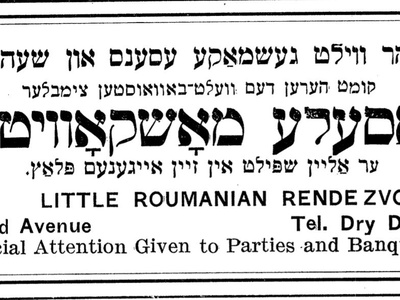
Yiddish
The historical Germanic language of Ashkenazi Jews. Once spoken by millions in Poland, it was nearly wiped out in the Holocaust but is now seeing a cultural and academic revival.
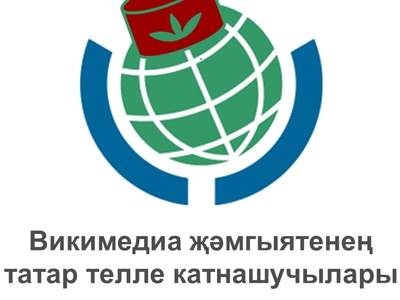
Tatar
A Turkic language of the Lipka Tatars, who settled in Poland-Lithuania in the 14th century. The language is nearly extinct, but the community proudly preserves its unique identity.
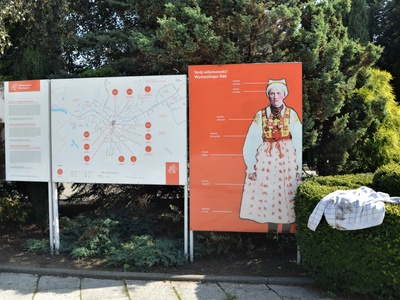
Wymysorys
A unique West Germanic language spoken only in Wilamowice. Evolving from medieval German dialects, it is critically endangered, with passionate efforts underway to revive it.
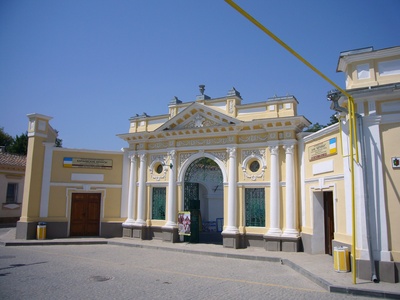
Karaim
A critically endangered Turkic language of the Polish Karaite community. They settled in the Polish-Lithuanian Commonwealth as palace guards and traders in the 14th century.

